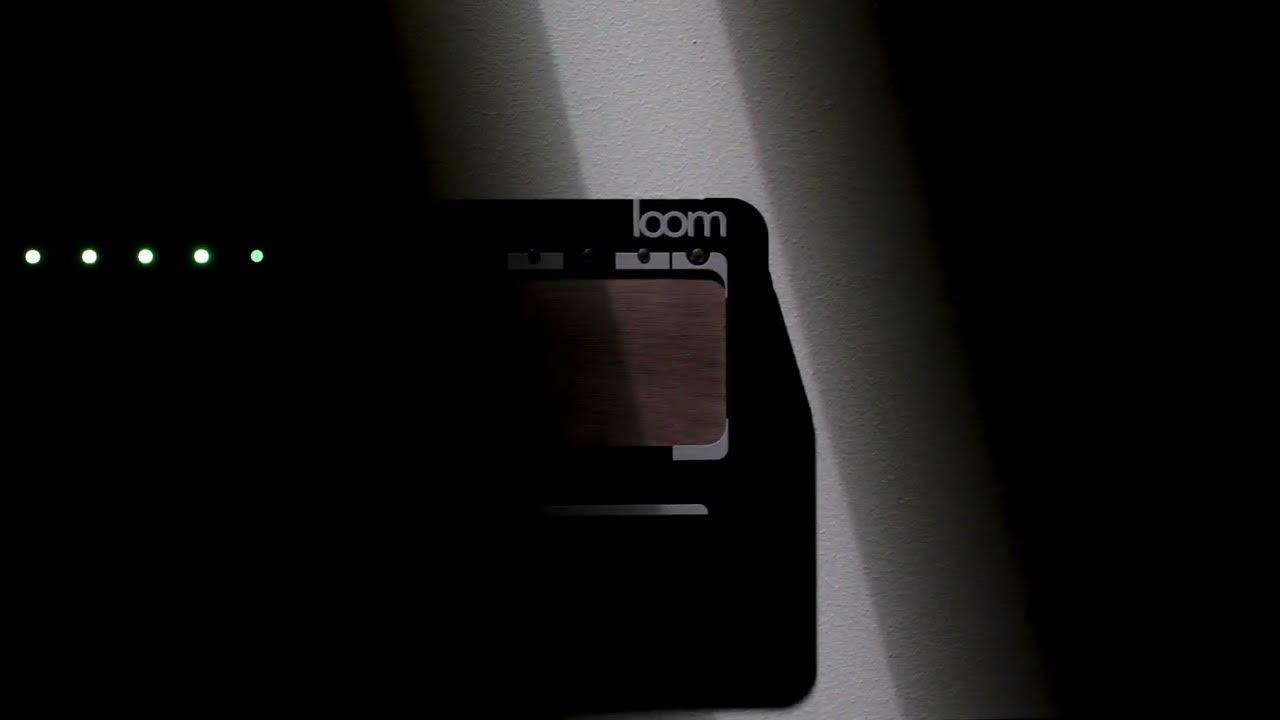Aodyo is about to unveil a new product which they are calling Loom. They describe it as a “multidimensional tactile ribbon”, and also as a " multidimensional MPE MIDI controller". They are launching this on Kickstarter.
Here’s a video from five months back of the very early integration phase for this technology. As you can see it is a 2-D wood surface, that senses the amount of touch as well as position. I think it also senses velocity,
This is set up with a 25 key guide, with 25 multicolored LEDs, one for each key. They describe the ribbon in their Anyma Omega description as follows :
You can also play Anyma Omega Desktop directly, using the various playing modes of the percussive built-in ribbon touch controller (notes with quantized or continuous pitch, single or multiple CC parameter control, etc.).
As you can see in this photo it has a small screen, and four simple buttons. Two buttons are labeled octave + and -. The other two buttons are labeled MODE and ARP. Not sure what the rest of the stuff over on the left side is, there are three LEDs, and not sure about that small rectangle.
Thanks to @icaria36 for spotting the video, and to @bibeno for suggesting the launch of a thread, and to several others for the discussion so far.
We’ll no doubt hear more about this soon, but for the moment there is still room for some good speculation.
There was already some discussion in the Crowdfunding thread.






